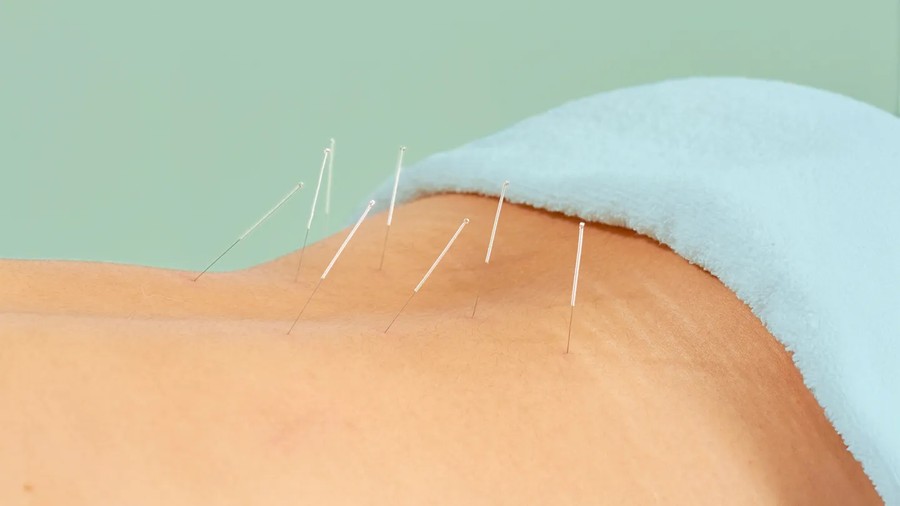Acupuncture has become one of the most recognised complementary therapies in the world, valued for its ability to ease pain, reduce stress and restore balance in the body. While its origins trace back thousands of years to traditional Chinese medicine, today it’s practised in modern clinics, physiotherapy centres and wellness studios across the UK.
For practitioners and students entering the field, understanding the basic tools, techniques and safety principles of acupuncture is essential to delivering effective and professional care.
What Is Acupuncture?
At its core, acupuncture is the insertion of fine, sterile acupuncture needles into specific points on the body to stimulate energy flow, known as Qi, and support natural healing. These points are chosen based on the patient’s symptoms, lifestyle and underlying imbalances.
Modern research has shown that acupuncture influences the nervous system, improves circulation and encourages the release of endorphins- the body’s natural painkillers. This is why it’s used not just for pain management, but also for conditions like anxiety, headaches, digestive issues and even sleep disorders.
Essential Tools Every Practitioner Needs
Whether you’re setting up a clinic or just starting your training, having the right tools is key to safe and effective practice.
- Acupuncture Needles: The most vital tool, available in various lengths and gauges for different body areas. Always single use and sterile.
- Guide Tubes: Help insert needles precisely and reduce discomfort.
- Sharps Disposal Containers: Ensure safe and compliant disposal of used needles.
- Alcohol Swabs and Cotton Pads: Maintain hygiene by cleaning the skin before and after treatment.
- Treatment Tables and Towels: Create a professional and comfortable environment for clients.
For practitioners sourcing supplies, find a reliable provider that offers a full range of professional acupuncture equipment, needles and clinical accessories suitable for both training and advanced practice.
Common Techniques Used in Acupuncture
Different techniques can be applied depending on the patient’s needs and the practitioner’s background.
- Manual Stimulation: The traditional method of gently twisting or tapping the needles once inserted.
- Electroacupuncture: A modern approach where a mild electrical current is passed between needles for consistent stimulation and pain relief.
- Moxibustion: The burning of a small amount of dried mugwort (moxa) near the skin to warm and stimulate acupuncture points.
- Cupping Therapy: Often used alongside acupuncture to improve blood flow and relieve tension.
Each technique can be adapted to suit different conditions, making acupuncture a truly versatile therapy.
Safety Tips for Practitioners
Safety is at the heart of every treatment. Adhering to best practice standards not only protects patients but also builds professional trust.
- Always use sterile, single use needles and dispose of them correctly.
- Wash hands thoroughly before and after each treatment.
- Avoid inserting needles near arteries, major nerves, or infected areas.
- Maintain clear communication with clients about sensations and aftercare.
- Ensure equipment is properly sanitised and surfaces are clean between appointments.
Following these guidelines helps maintain both patient confidence and clinical safety.
Why Quality Equipment Matters
For practitioners, reliable tools make all the difference. Using high quality needles and accessories ensures smoother insertion, better control and reduced discomfort for patients. Poor quality or unregulated equipment can not only cause issues during treatment but also compromise hygiene and outcomes.
Frequently Asked Questions
Does acupuncture hurt?
Most patients describe the sensation as a mild tingling or pressure rather than pain. Discomfort should be minimal when using fine, professional grade needles.
How long does a typical acupuncture session last?
Sessions usually last between 30 and 60 minutes, depending on the treatment plan and areas being targeted.
Is acupuncture safe for everyone?
Yes, when performed by trained practitioners using sterile equipment. However, certain medical conditions may require adaptations or caution.
How many sessions are needed to see results?
Some people notice improvements after one or two treatments, while others benefit from a course of six to ten sessions.
You may also like
-
Hair Restoration’s Psychology: Giving People a New Start with Self-Assurance and a Nice Self-Image
-
Battling With Indre Vrede
-
Sleeping Better: Coping Skills for Anxiety at Night
-
Different Types of Prosthetics: Exploring the Latest Innovations in 2025
-
Top Approach to Choosing the Right Recovery Center

